Rising Costs in Landscaping: What’s Driving Up Expenses for Lawn Care Companies?
Running a landscaping company has always been a balance between tight margins and big opportunities. But in recent years, the cost of doing business has climbed higher than ever. From rising labor expenses to material shortages, landscape pros across the country are feeling the squeeze.
According to a survey of U.S. landscape and outdoor specialty firms, three key factors are driving these increases: products and materials, employee wages and benefits, and subcontractors. Let’s break down what the data shows and what it means for your business.
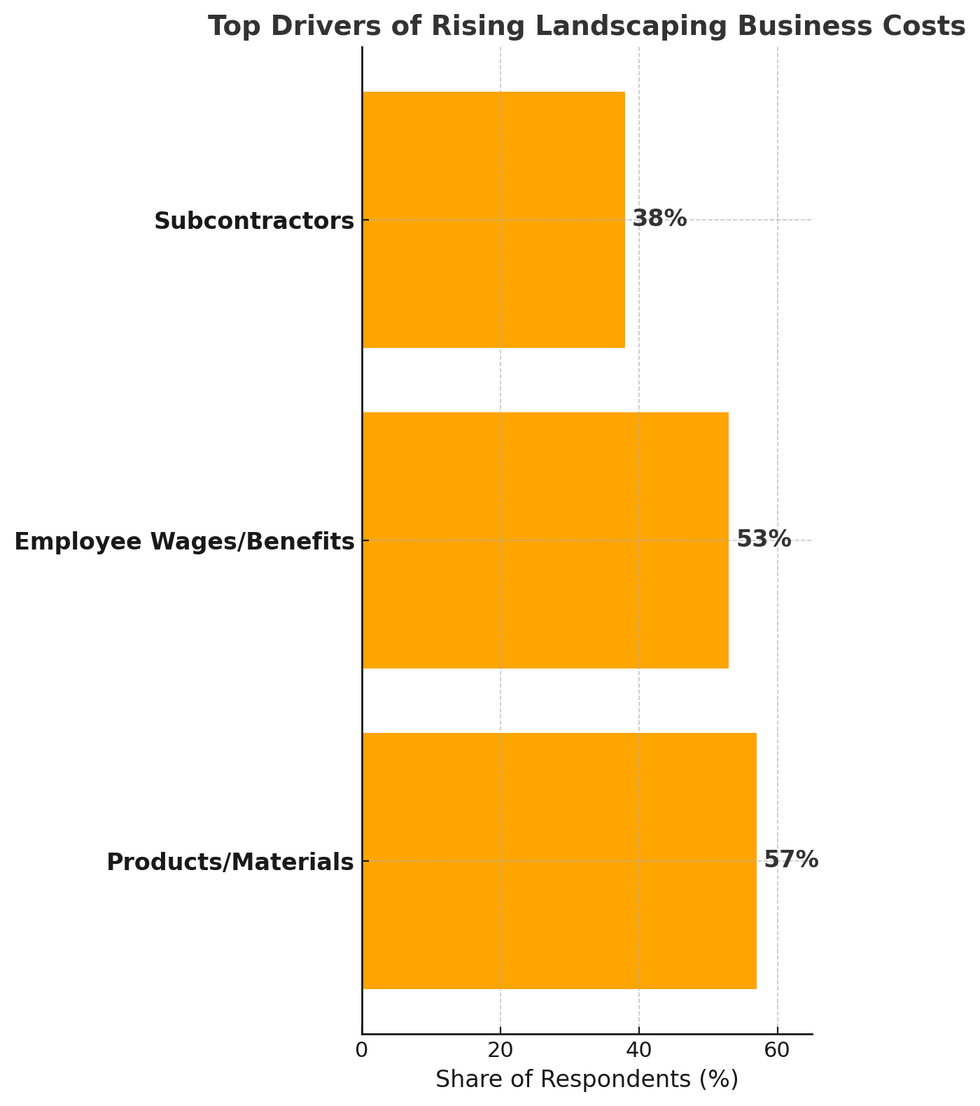
The Big Three Cost Drivers for Landscaping Companies
More than half of landscaping pros say higher material costs and payroll expenses are cutting into their profits, while more than a third are paying more for subcontractors. Here’s a closer look at the top three drivers.
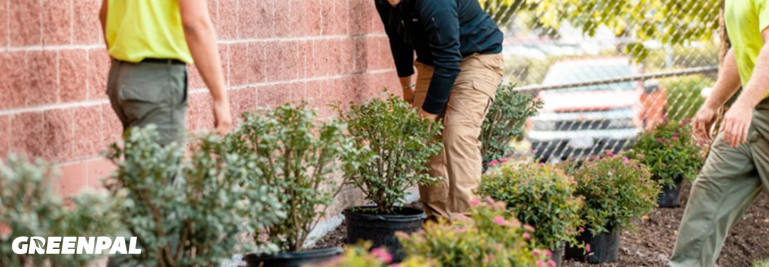
Products and Materials (57%)
The largest share of companies, about 57% said products and materials are the top drivers of higher costs. Landscaping businesses depend on everything from mulch and sod to fuel and fertilizer, and when these prices rise, it hits the bottom line.
What’s going up:
Mulch, fertilizer, and chemicals
Plants, sod, and trees
Pavers, stone, and hardscape materials
Fuel for trucks and equipment
Pro takeaway: Build supplier relationships, buy in bulk whenever possible, and track seasonal pricing trends to plan effectively.
Employee Wages and Benefits (53%)
Just behind material costs, 53% of landscaping firms said employee wages and benefits are putting the most pressure on their budgets. Finding and keeping reliable workers is harder than ever.
Why costs are rising:
Competition for skilled workers in a tight labor market
Rising hourly wages across the industry
Benefits packages needed to reduce turnover
Extra training or certifications for specialized services
Pro takeaway: Think beyond wages. Flexible scheduling, training, and recognition can help you hold onto good employees without breaking the bank.
Subcontractors (38%)
Finally, 38% of companies reported subcontractor costs as a major factor. Many landscaping companies rely on subcontractors for specialized jobs or overflow during peak season, but those partners are also raising their prices.
Where costs show up:
Irrigation installs and repairs
Tree removal and stump grinding
Grading and heavy equipment work
Seasonal overflow (mowing, cleanups, etc.)
Pro takeaway: Use subcontractors strategically and explore whether training your own crew could reduce dependency and save money.
.png)
Why These Costs Keep Climbing
These cost drivers don’t exist on their own; they stack up. A subcontractor’s higher bid might be tied to rising wages, while higher material prices mean you need more revenue to cover payroll. And inflation touches every link in the chain, from fuel costs to fertilizer. Landscaping pros don’t need a lecture on economics — you see it every day when you fill the truck, buy mulch, or run payroll. Here are the big trends right now:
| Cost Driver | What It Costs Today | What Changed in the Last Year | Why It Matters for You |
|---|---|---|---|
| Gasoline (per gallon) | ~$3.30 | +15¢ | Every trip to a job site eats into profit. |
| Diesel (per gallon) | ~$3.75 | +10¢ | Higher fuel costs = more expensive to run mowers, loaders, and dump trucks. |
| Materials (mulch, stone, supplies) | Still jumping up and down | Up and down all year | Hard to bid jobs ahead of time when prices don’t stay steady. |
| Employee Wages | $18–$25/hr | Rising fast | Harder to keep good workers without paying more. |
| Health Insurance (per employee) | $9k–$25k per year | +5–6% | One of the biggest hidden costs for owners. |
How Landscaping Pros Can Respond
While you can’t control inflation, you can adjust how you run your business. Here are a few strategies GreenPal pros are already using to fight back:
Smarter purchasing: Buy materials in bulk before seasonal spikes and negotiate with suppliers for loyalty discounts.
Employee retention: Create incentives beyond wages, such as training opportunities or consistent scheduling, to reduce turnover costs.
Subcontractor strategy: Use subcontractors where it makes sense, but don’t rely on them for everything. Consider cross-training your team.
Pricing transparency: Communicate with customers about why prices are rising. Many homeowners understand costs are increasing everywhere — they’ll value your honesty.
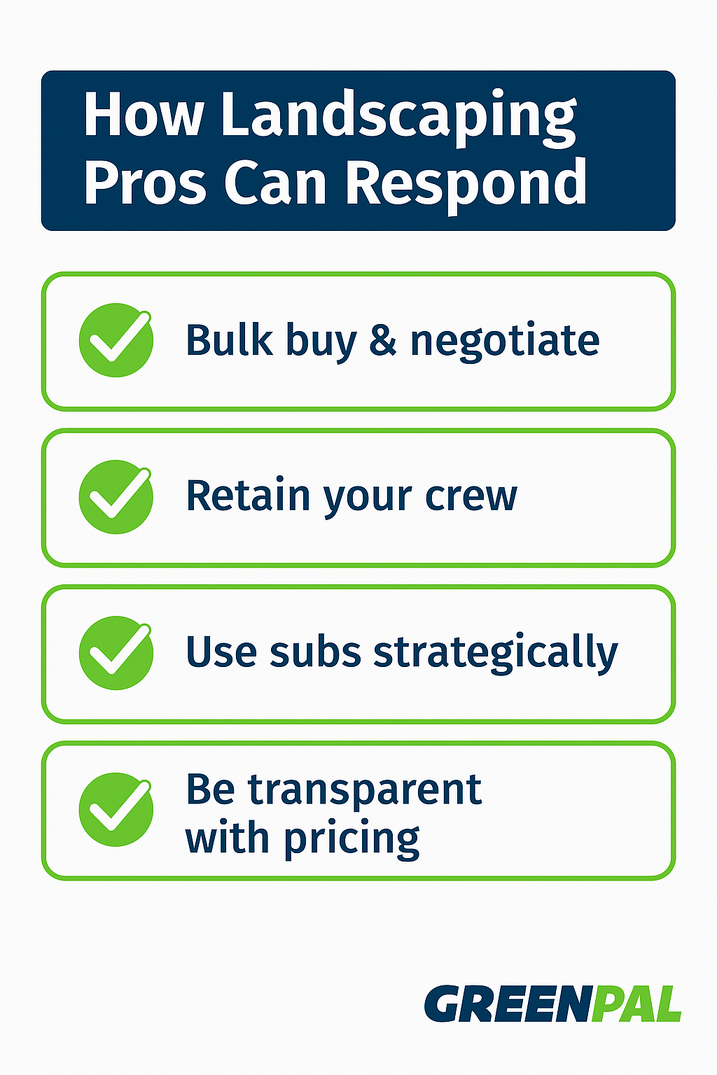
What This Means for Landscaping Business Owners
If you’re feeling squeezed, you’re not alone. More than half of landscaping companies are facing the same challenges with materials and wages, while more than a third are paying more for subs. The companies that survive and thrive are the ones adapting their systems, sharpening their pricing, and running leaner operations.
The good news? Homeowners still need your services, and demand for landscaping hasn’t slowed down. It’s about positioning your business to handle the realities of today’s costs while maintaining strong customer relationships.
Final thoughts
You don’t have to fight rising costs alone. GreenPal helps pros streamline their operations, find steady customers, and keep their schedules full so you can spend less time worrying about costs and more time focusing on growth.
Ready to grow smarter in a tougher market? Join GreenPal today and see how thousands of pros are building stronger, more profitable businesses.









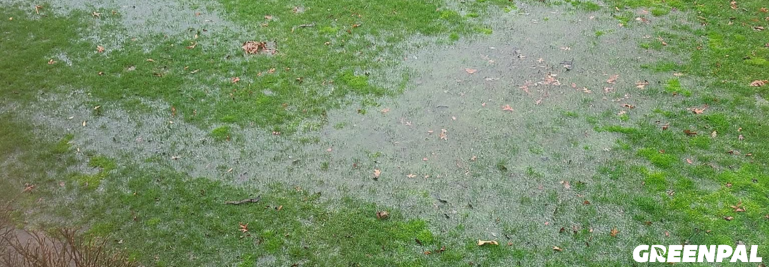








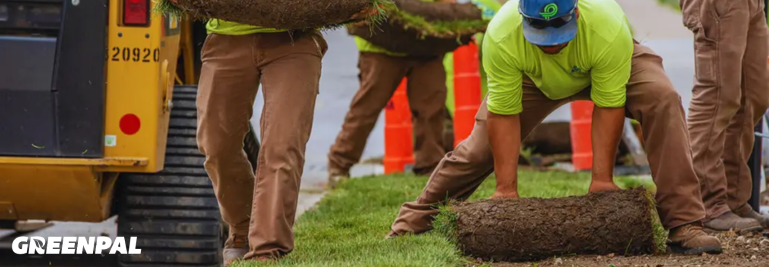
.jpg)



